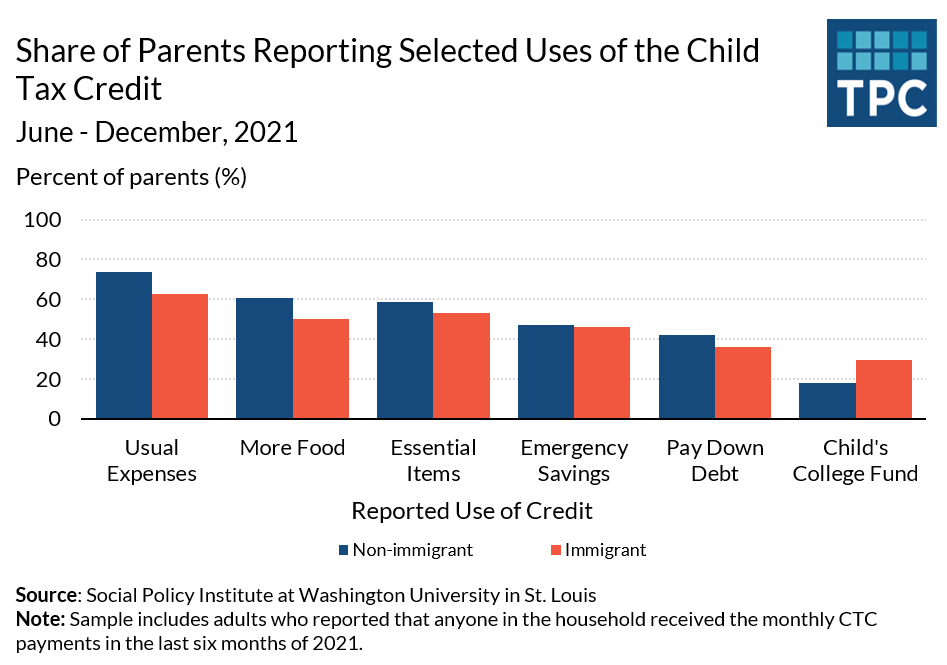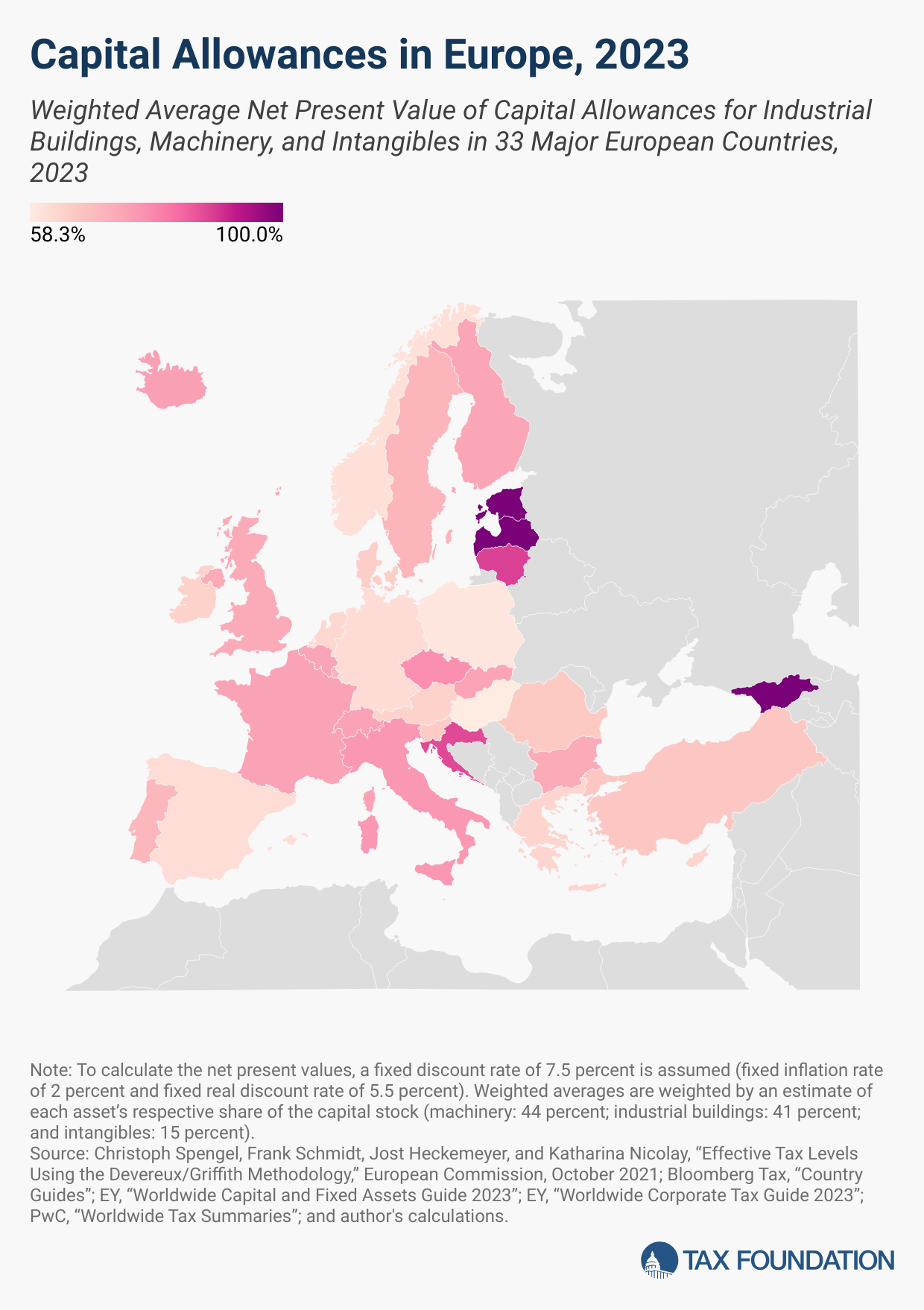CCCTB vs. BEFIT: EU Corporate Tax Base: Details & Analysis
The European Union (EU) has tried to create a common corporate tax baseThe tax base is the total amount of income, property, assets, consumption, transactions, or other economic activity subject to taxation by a tax authority. A narrow tax base is non-neutral and inefficient. A broad tax base reduces tax administration costs and allows more revenue to be raised at lower rates.
for years. The European Commission’s recent release of the “Business in Europe: Framework for Income TaxA tax is a mandatory payment or charge collected by local, state, and national governments from individuals or businesses to cover the costs of general government services, goods, and activities.
ation” (BEFIT) proposal, and two associated proposals on transfer pricing, is the legislative continuation of its previous attempts: CCTB (common corporate tax base) and CCCTB (common consolidated corporate tax base).
The new proposals are intended to reduce cross-border compliance costs related to transfer pricing and address profit-shifting activity in a more harmonized manner. While BEFIT may end up adding an additional layer of complexity for business, the proposal has its upsides: it addresses smaller risks associated with tax base harmonization and provides substantial relief from withholdingWithholding is the income an employer takes out of an employee’s paycheck and remits to the federal, state, and/or local government. It is calculated based on the amount of income earned, the taxpayer’s filing status, the number of allowances claimed, and any additional amount of the employee requests.
taxes within the EU that would decrease the costs of operating cross-border.
BEFIT may be preferable to CCCTB, but none of the current proposals represents a wholesale improvement to corporate income taxA corporate income tax (CIT) is levied by federal and state governments on business profits. Many companies are not subject to the CIT because they are taxed as pass-through businesses, with income reportable under the individual income tax.
ation in the EU.
CCCTB never became law because of political and technical issues, and due to the introduction of BEFIT, was withdrawn by the Commission. However, there were many dialogues on the topic from 2011 to the present that BEFIT evaluators can use to analyze the current legislative proposal. Politics aside, it is important to understand the main technical differences between the CCCTB and BEFIT designs and the EU’s own impact assessment.
Different Degrees of Harmonization
The 2016 CCCTB proposal was focused on creating a common corporate tax base for multinational corporations with over EUR 750 billion in yearly revenues and determining their tax liability at the Member State level. Member States could make only minor adjustments to the national tax bases, such as decisions about the deductibility of retirement accounts.
Meanwhile, the BEFIT proposal would target the same group of taxpayers but require them to file an additional tax return for the entire group against the fictitious BEFIT tax base. This aggregated group tax base is allocated to BEFIT group members based on their weighted share over the previous three fiscal years. The BEFIT tax return could be used by fiscal authorities to assess transfer pricing compliance risks and reduce the likelihood of disputes.
Under BEFIT, their corporate tax liabilities would still be determined according to national tax rules, not the BEFIT base. BEFIT’s only provision directly affecting businesses’ tax liability would be to eliminate withholding taxes within the EU for filing corporations, thereby reducing their cross-border operating costs.
Nonetheless, the BEFIT proposal exerts pressure on national policymakers to align their corporate tax bases with BEFIT to avoid the duplication of compliance costs. Therefore, it is instructive to understand the differences between both proposals’ tax bases.
Differences in Tax Bases
The CCCTB base had several attractive features: it would’ve implemented an Allowance for Corporate Equity (ACE), addressed the debt bias inherent in the corporate income tax system, and permitted the use of Last-In-First-Out (LIFO), the most neutral method to deduct inventory costs. The BEFIT base does not include an ACE and limits allowed inventory treatment to the Average Cost and FIFO methods. This is a regression in the legislative proposal.
Both proposals insufficiently address carryover provisions that help businesses “smooth” their risk and income, making the tax code more neutral across investments and over time. CCCTB would’ve placed no time limit on offsetting corporate losses against future losses, but restricted carryforwards to 50 percent of taxable incomeTaxable income is the amount of income subject to tax, after deductions and exemptions. For both individuals and corporations, taxable income differs from—and is less than—gross income.
beyond EUR 1 million per year. The BEFIT proposal is unclear on imposing time limits on carryforwards, but does not suggest restrictions to any maximum amount. In their BEFIT tax return, companies can also offset their losses between subsidiaries for filing purposes, something that the CCCTB proposal only allowed for a limited time period.
Neither proposal is clear on the use of carryback provisions, although several large European economies currently use such provisions to make their tax codes more neutral towards investments with variable income profiles.
Finally, both proposals employ the straight-line depreciationDepreciation is a measurement of the “useful life” of a business asset, such as machinery or a factory, to determine the multiyear period over which the cost of that asset can be deducted from taxable income. Instead of allowing businesses to deduct the cost of investments immediately (i.e., full expensing), depreciation requires deductions to be taken over time, reducing their value and discouraging investment.
method for deducting investment costs from taxable income, with the exact provisions differing by asset class. The CCCTB proposal includes a super deduction for R&D investments, with an increased rate for small enterprises enrolling in the scheme voluntarily.
Allocation of the Tax Base to National Jurisdictions
The BEFIT proposal would divide the corporate tax base between Member States by the share of BEFIT income originating in the respective Member States calculated on the basis of the average of the taxable results in the previous three fiscal years. It would also leave an option for formulary apportionmentApportionment is the determination of the percentage of a business’ profits subject to a given jurisdiction’s corporate income or other business taxes. U.S. states apportion business profits based on some combination of the percentage of company property, payroll, and sales located within their borders.
in the future. This approach adheres more to the status quo of how national tax bases are determined using transfer pricing, although with new policies to ensure transparency and compliance.
On the allocation rule, CCCTB used formulary apportionment based on three equally weighted factors: labor input (i.e., payroll expenses and the number of employees), tangible capital, and sales volume by destination country. Inventory costs and intangible assets were ignored for the distribution of the common tax base to national jurisdictions. This approach reflected the proposal’s aim to reduce corporate tax avoidance through strategically locating intangible assets in low-tax jurisdictions.
Is BEFIT an Improvement?
Both approaches come with their respective trade-offs. The CCCTB approach created a true one-stop-shop for multinational companies, but this came at the cost of implementing harmonized tax rules that fall behind the best practices among Member States.
In contrast, the BEFIT initiative will require companies to take one-more-stop to file their BEFIT tax returns against a fictitious tax base, but may provide some relief with respect to transfer pricing compliance and withholding taxes. The narrower scope of the initiative makes it a better-targeted instrument to achieve this aim than establishing a completely new corporate tax system with the CCCTB proposal.
The BEFIT initiative still exerts pressure on Member States to align their national tax rules with the BEFIT base to avoid duplicating compliance costs. Therefore, it is still important to design the BEFIT base according to the best practices of Member States, as if it were a real tax base.
Policymakers should not aim to harmonize rules just for the sake of harmonizing. EU-wide policies should create an added value that cannot be achieved as efficiently at the Member State level. Therefore, if the EU is going to harmonize its tax base, it should do so in a way that increases the efficiency and competitiveness of tax policy for the EU as a whole, and not just seek out the lowest common denominator.
Stay informed on the tax policies impacting you.
Subscribe to get insights from our trusted experts delivered straight to your inbox.
Subscribe
Share






